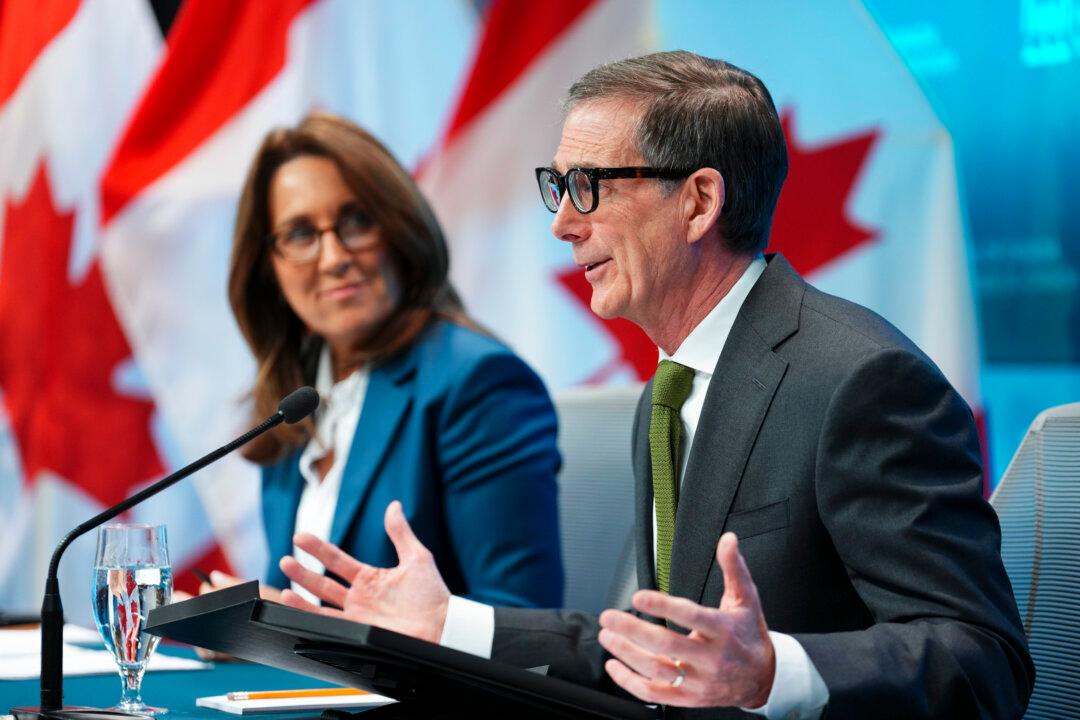OTTAWA— The Bank of Canada has come under political pressure to stop hiking rates as the economy cools. The central bank held its key policy rate at 5 percent on Sept. 6 but said it’s “prepared to increase the policy rate further if needed,” as it remains concerned about inflation persisting.
Bay Street economists say the current overnight rate target of 5 percent will likely be as high as the BoC goes. Professor emeritus of economics Steve Ambler at Université du Québec à Montréal says the BoC has to maintain its credibility that it’s tough on inflation while also watching how the economy evolves.
“I think it lost some of its credibility when it started raising rates too late, and I think they’re really worried that, unless they maintain their credibility, that inflation is going to take longer to beat,” he said in a Sept. 6 interview.
BMO chief economist Doug Porter noted the “hawkish” nature of the central bank’s statement.
“Policy-makers clearly do not want a repeat of earlier this year, when a short-lived pause sparked thoughts of eventual rate cuts, in turn firing up housing,” he said in a note.
“Unless growth rebounds in Q3—which we doubt—the BoC is likely done with rate hikes,” Mr. Porter added.
CIBC chief economist Avery Shenfeld also said he thinks 5 percent is as high as interest rates need to go to get inflation back to its 2 percent target.
RBC assistant chief economist Nathan Janzen said he expects the BoC to hold rates where they are through the end of the year.
Forecasting the Consumer
A vital data point was the second quarter’s negative economic growth of -0.2 percent on an annualized basis, which came in far below the BoC’s July estimate of 1.5 percent.
The contraction in gross domestic product (GDP) was due to a slowdown in consumer spending, declines in home building, and more imports than exports.
That marks two straight quarters that the BoC has missed badly on its quarterly growth forecasts—largely due to consumer spending. In July, the central bank said Canada’s economy was stronger than expected in the first quarter—thanks to consumer spending—which suggested persistent excess demand in the economy.
Consumer spending is a significant component of GDP. At the start of the pandemic, households couldn’t spend what they wanted to and many just saved the government support they received.
Mr. Ambler has long been critical of how the BoC fails to factor money supply into its monetary policy, which he says could help in forecasting consumer spending.
“The Bank of Canada, as you know, pays no attention whatsoever to money [supply]. That might help them, that might inform what’s going on with consumption a little bit if they were to pay some attention to it,” he said.
Certain measures of the money supply in the economy started growing by more than 20 percent per year at the start of the pandemic, but now those measures are shrinking by close to 10 percent a year.





